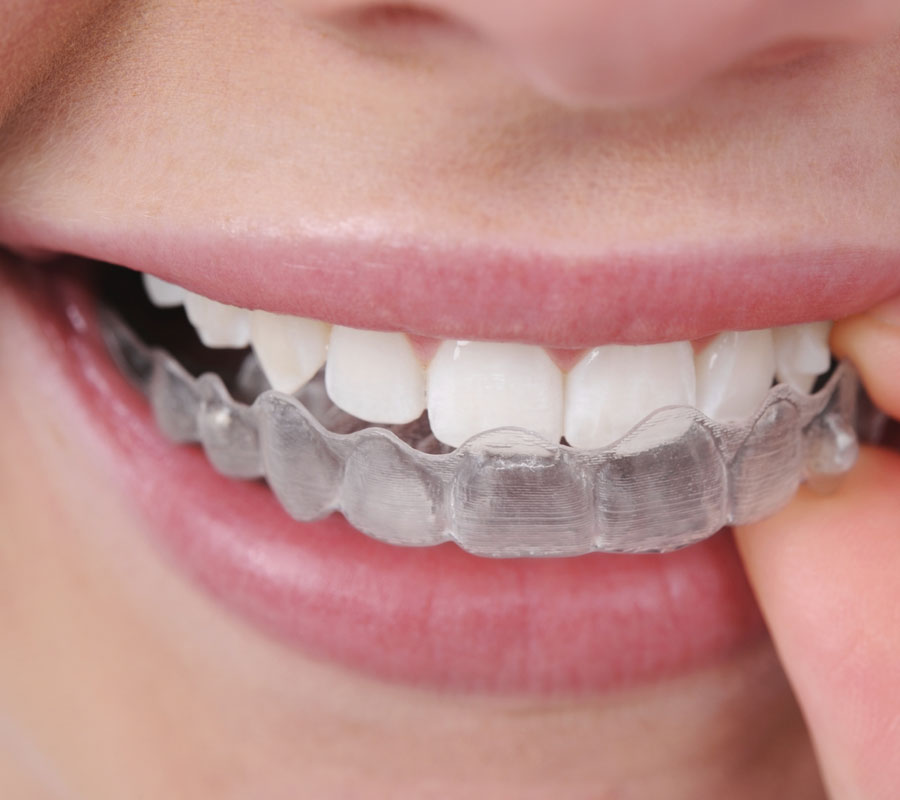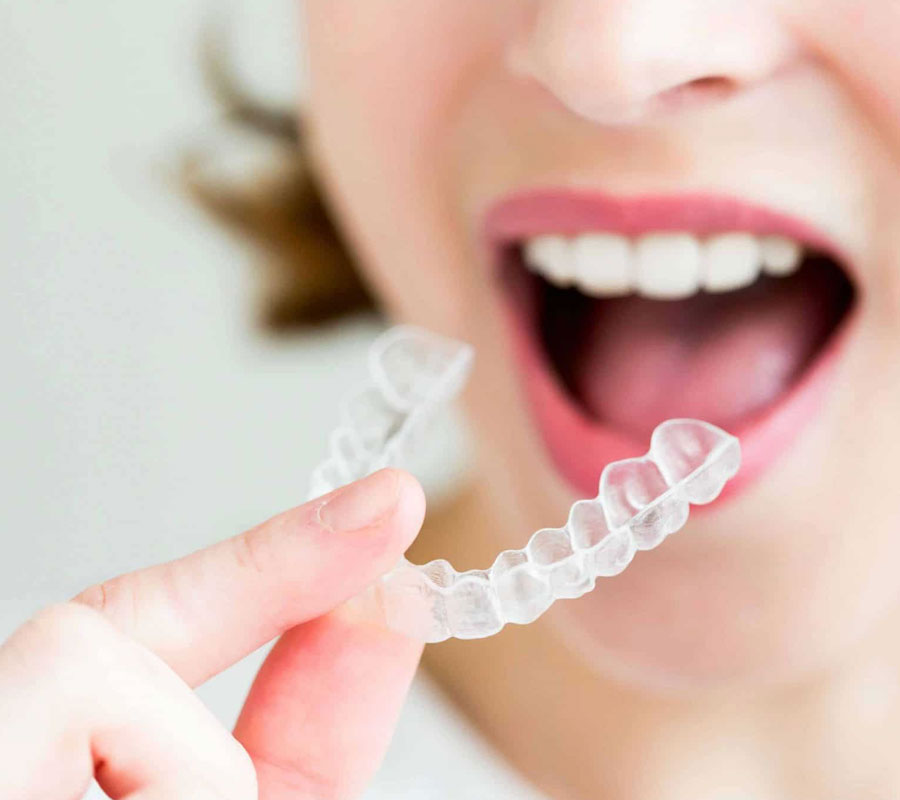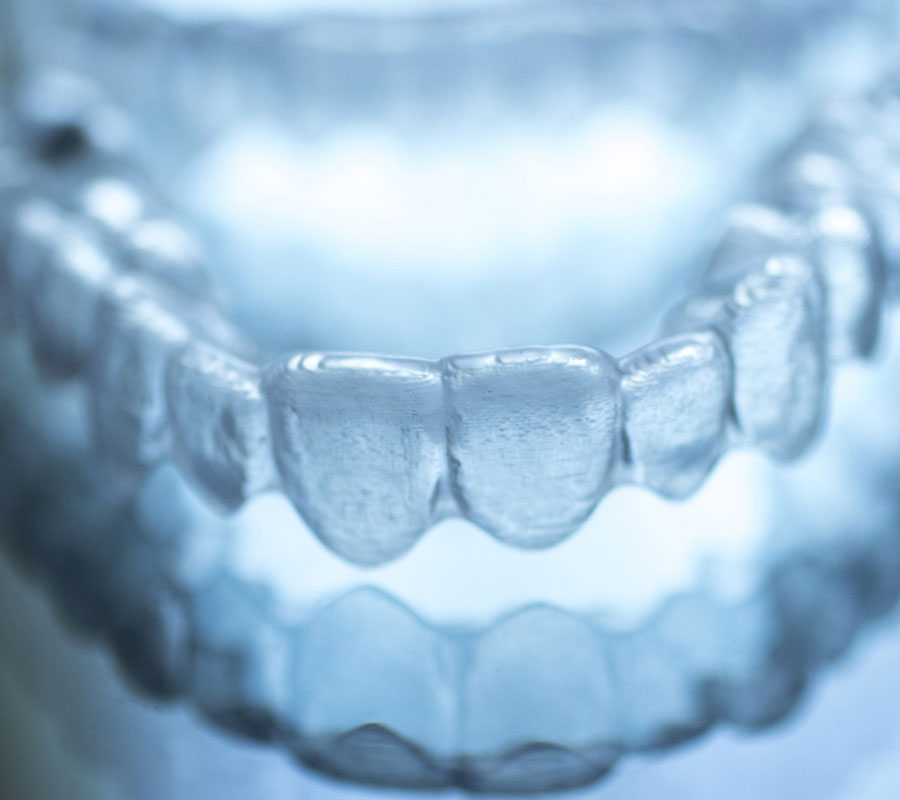Straight teeth and a beautiful smile may no longer need to originate from a mouth loaded with unattractive wire and bracket supports like braces. Increasing confidence and physical certainty, invisible braces offer a beautiful and scarcely noticeable alternative as compared to traditional wire/bracket supports.
While invisible braces may not be useful for certain misalignment cases or the complicated bite issues that are better addressed by conventional orthodontics, invisible braces can be utilized to treat the conditions mentioned below:
- Overjet or Overbite
- Crowded or generally separated teeth
- Crooked teeth
Invisible braces are intended for grown-ups and youngsters but are not suggested when baby teeth remain. Children and youths facing orthodontic issues will require customary metal braces with brackets/wires on the front of the teeth. In any case, just your dentist or orthodontist can decide whether you are a correct candidate. The elective treatment was structured essentially for grown-ups because of the requirement for supreme and rigid participation; the “invisible braces” are worn 22 hours each day and ought not to be lost or forgotten.



